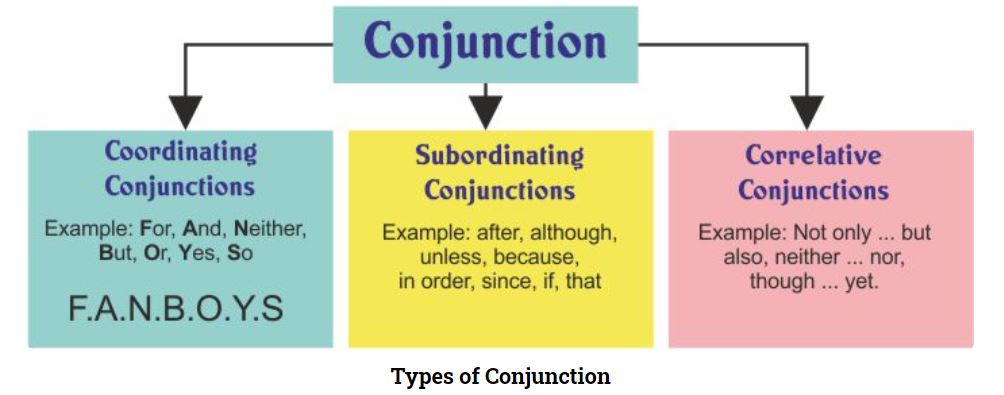Back to: ENGLISH LANGUAGE SS2
Welcome to class!
In today’s class, we will be talking about conjunctions, formal letter and poetry. Enjoy the class!
Conjunctions, Formal Letter and Poetry

CONJUNCTIONS
A conjunction is a word that joins words, phrases, clauses or sentences together. Conjunctions are often single words such as and, but, or, yet, e.t.c.
Let’s go through the types of conjunctions we have in the English Language.
Subordinating Conjunctions connect dependent clauses to independent clauses. Examples are because, although and whether. These conjunctions can be position at the initial or middle of a sentence. For instance:
- Although it rained heavily yesterday, I was in the English class.
- I was in the class yesterday although it rained heavily.
Coordinating Conjunctions connect two or more words, phrases, clauses, or sentences that are of same syntactic importance. They included for, and, but, nor, or, so, and yet.
- John and Sandra qualify for the scholarship.
- I have been invited to the party but I have to take care of my younger brother.
Correlative Conjunctions are two conjunctions that function together in a sentence. They include neither…nor, either…or.
- Neither Olu nor Edet killed the rat.
- Either the red or brown dress suit your skin tone.
FORMAL LETTER
A formal letter is otherwise known as official letters written to serve official purposes. They include letters of application for employment or official institute, letters to business firms or government agencies, letters to the press, letters of request, among others.
Formal letters have some peculiar features, which must be adhered to strictly. Below are some of the features:
Address and Date
The formal letter contains two address. The first being the writer’s address, and the second, which is the recipient’s address. The name or title of the recipient can be included on a few occasions where the letter is to be addressed to the person personally. For example:
Mr James Johnson,
The Managing Director,
Schalom Leather Factory,
Ikeja, Lagos.
The salutation
Formal expressions are the acceptable form of language in formal writing. Thus, the normal salutation for people in their official capacity is Dear Sir if the recipient is male and Dear Ma/Madam if the recipient is female. If you do not know the recipient’s sex, use Dear Sir/Madam.
The Body
The style of a formal letter is different from that of an informal letter. It is detached and free from the opening pleasantries you write in informal letters. You are expected to go straight to the point. The body of your letter should be written in paragraphs with the first paragraph introducing the purpose of your letter. Avoid all form of informal expressions such as slang and abbreviations.
The Final or Concluding Paragraph is important so that you can make known your expectation from them. You can use statements such as the following:
Thank you for your attention.
I look forward to your response.
I would be grateful to have an answer as soon as possible.
Complimentary Closing
We commonly use ‘Yours faithfully’ as complimentary close in formal letters. This is followed by the writer’s signature and full name.
POETRY
Poetry is a thing of the mind, of the human’s emotion. It comes out of the deep thought of the poet. Poetry has to do with the act of writing poem. A poem is a literary composition characterized by the presence of imitations, emotions, imaginations, order, resemblance and truth. Poems are also used to express intentions, experiences, feelings, and thoughts, which are written in lines, metre, verses, and stanzas.
There are several types of poetry. These types are often described in accordance with their forms and contents. They are lyrics, ballad, ode, epic, sonnet, elegy, dirge, narrative poetry, dramatic poetry, pastoral poetry and so on.
Poetry is a broad topic, but today, we will focus primarily on its structure. Note the following:
A poem of two lines is called a couplet
A poem of three lines is called a tercet
A poem of four lines is called a quatrain
A poem of five lines is called the quintet
A poem of six lines is called sextet
A poem of seven lines is called septet
A poem of eight lines is called an octave
In our next class, we will be talking about Word Stress, Punctuation and Speech Writing. We hope you enjoyed the class.
Should you have any further question, feel free to ask in the comment section below and trust us to respond as soon as possible.
